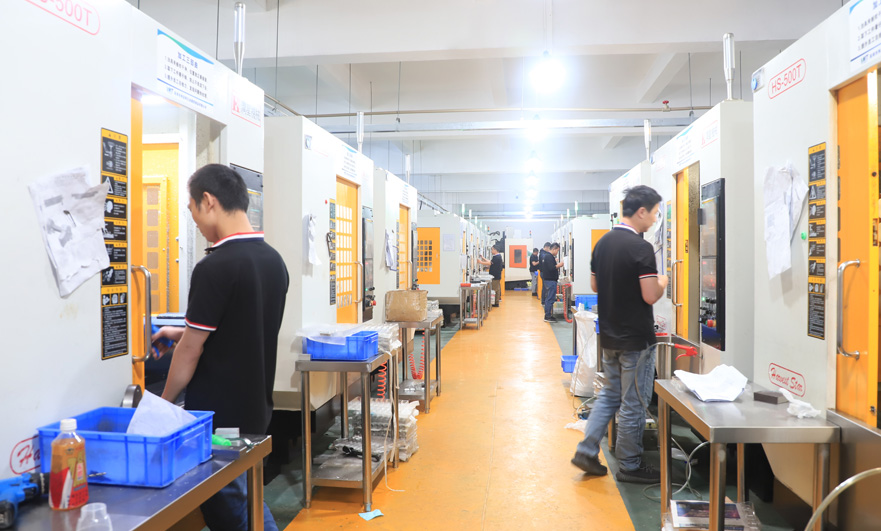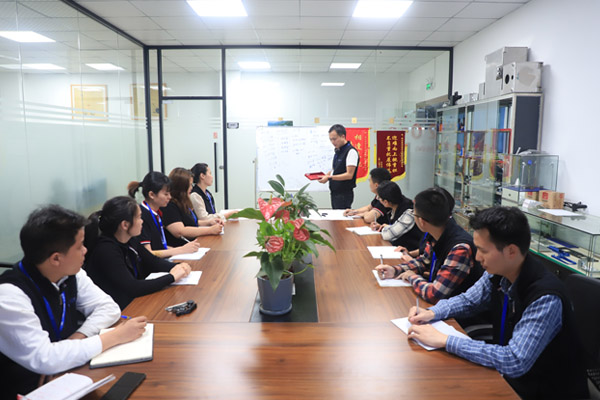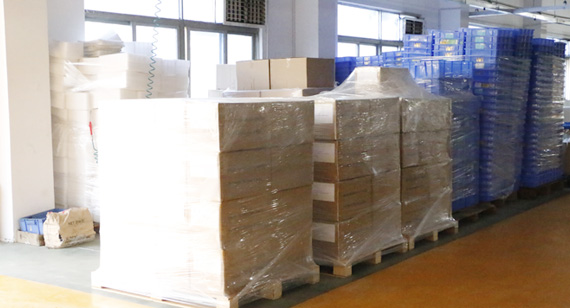15 years one-stop China custom CNC machining parts factory
The VMT blog is dedicated to sharing our hard-earned knowledge in prototype manufacturing. We hope these articles will help you optimize your product designs and gain deeper insight into the world of rapid prototyping. Enjoy the read!
Get an Instant Quote VMT
VMT  2024 03 11
2024 03 11 Integrating the lead time of CNC machined parts with production planning is crucial for CNC machining factories to improve production efficiency, customer satisfaction, and overall competitiveness. Through understanding the significance of lead times, formulating rational production plans, managing and monitoring lead times effectively, and optimizing supply chain management, factories can ensure smooth production processes and lead time accuracy.
 66
66
 Read more
Read more
 VMT
VMT  2024 03 10
2024 03 10 In the field of CNC machined parts manufacturing, delayed lead times are a common and significant issue. It can result in customer dissatisfaction, contract breaches, and even impact the overall stability of the supply chain and the reputation of the business. Therefore, resolving delayed lead times in CNC machined parts is crucial for CNC machining factories and the entire supply chain.
 66
66
 Read more
Read more
 VMT
VMT  2024 03 09
2024 03 09 The stability and effectiveness of the supply chain directly impact the lead time of CNC machined parts, while the accuracy of lead times imposes higher requirements on the overall operation of the supply chain. This article explores the relationship between the lead time of CNC machined parts and the supply chain from the perspectives of CNC machined parts, CNC machining factories, and custom CNC machining.
 66
66
 Read more
Read more
 VMT
VMT  2024 03 08
2024 03 08 In the realm of CNC machined parts manufacturing, establishing long-term partnerships with reliable CNC machining suppliers is crucial. Assessing a supplier's delivery performance is a key aspect of this process, as it not only impacts the stability of production plans but also directly influences operational efficiency and market competitiveness. This article delves into the thorough evaluation of CNC machining suppliers' delivery performance, aiding businesses in making informed decisions when selecting partners.
 66
66
 Read more
Read more
 VMT
VMT  2024 03 07
2024 03 07 In the realm of CNC machined parts manufacturing, the relationship between lead time and customer demands is a nuanced and crucial dynamic. This connection not only influences the production planning and operational efficiency of CNC machining factories but also directly impacts customer satisfaction and the market competitiveness of enterprises. This article delves into the intricate relationship between the lead time of CNC machined parts and customer demands, analyzing how to balance and optimize this relationship to meet the needs and expectations of both parties.
 66
66
 Read more
Read more
 VMT
VMT  2024 03 06
2024 03 06 In the realm of CNC machined parts manufacturing, optimizing lead time is a crucial step for enhancing customer satisfaction and strengthening enterprise competitiveness. CNC machining factories need to consider various factors and implement effective measures to ensure the stability and accuracy of lead times. This article explores multiple aspects of optimizing lead time for custom CNC machined parts.
 66
66
 Read more
Read more
 VMT
VMT  2024 03 05
2024 03 05 In the realm of CNC machined parts manufacturing, accurately predicting lead time is a crucial task. Precise lead time predictions assist CNC machining factories in effectively managing production schedules, meeting customized customer demands, and enhancing operational efficiency and customer satisfaction.
 66
66
 Read more
Read more
 VMT
VMT  2024 03 04
2024 03 04 In the realm of CNC machined parts manufacturing, the lead time for these components is influenced by a myriad of factors. The accuracy of lead times is crucial for CNC machining factories and customers with custom CNC machining requirements, directly impacting production plan execution, cost control, and the enhancement of customer satisfaction.
 66
66
 Read more
Read more
Ready To Start Your Next Project?
Get Instant Quote

Request a Free Quote
Send us a message if you have any questions or request a quote. We will get back to you ASAP!







